tlturn
TPF Noob!
- Joined
- Mar 15, 2016
- Messages
- 15
- Reaction score
- 0
- Location
- Charlotte, NC
- Can others edit my Photos
- Photos OK to edit
I can see that by some of the interesting conversations that I have read. I want to be practical about purchases, I'm not one who needs the latest greatest in order to make myself feel good. I care more about functionality, vs. added value. I love the ancronym by the way.
I don't think that the kit telephoto is good enough to shoot crisp photos when I zoom in. To your point, I also doesn't think that it can't reach far enough (Say if I wanted to frame a Goose waded in water and I was 50 feet away). So maybe I can start there? Im not sure how if a lower f/stop helps in this scenario.
Thanks for weighing in!
If your looking for a bit more reach, I'd consider a 70-300 mm zoom lens. I've used both a Tamron 70-300 mm 4.5-5.6 VC and as well as the Nikkor 70-300 mm 4.5-5.6 VR, both are fantastic lenses. I actually prefer the Tamron of the two, the Nikkor is an outstanding lens and has a higher build quality but I love the way the Tamron renders. This was shot with my Tamron 70-300 mm:
20140927t 396 by Todd Robbins, on Flickr
Thanks! This shot looks great! This is the type I would like if I was out taking a stroll through the woods by the lake and wanted to shoot some wildlife. That's the right price point as well (for the Tameron).
I wonder how much your body played a part in this render though. The D7000 is quite a few steps ahead of the D3000.


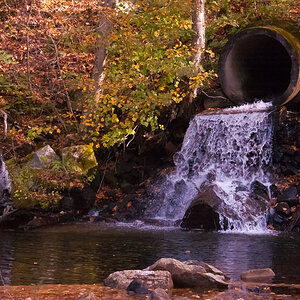
![[No title]](/data/xfmg/thumbnail/39/39469-3f2d242112dec8dc3e7b2836cc85afec.jpg?1619739042)
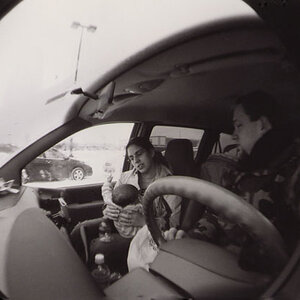
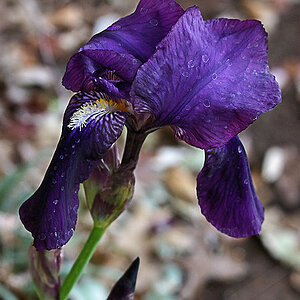
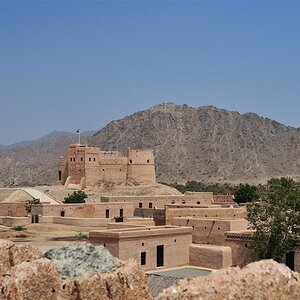
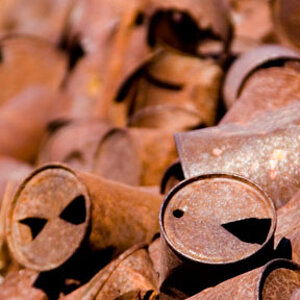
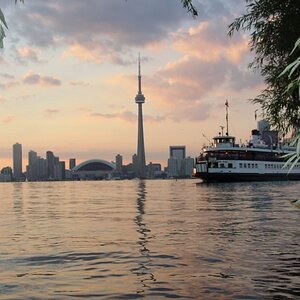

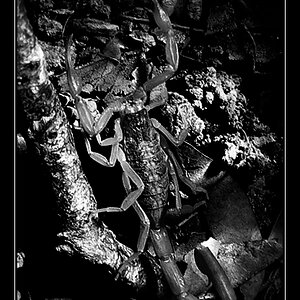
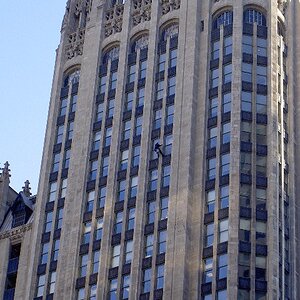
![[No title]](/data/xfmg/thumbnail/35/35262-02f8eba4a2a92dbae0b55547bba80b4f.jpg?1619736968)
